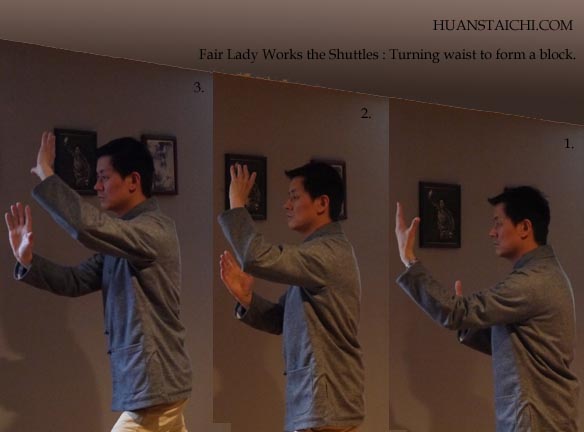Even students with high interest in Tai Chi who attend class regularly don’t always find time to practice at home. Practice is essential for following up on the skills learned in class, leading to overall progress. But how can you find time for Tai Chi in today’s busy world?
The key involves using your time more efficiently and creatively.
First, you need to determine your priorities. Next, I recommend creating a log to figure out what you spend time on every day. Take special note of time wasters, such as excessive TV watching, playing video games or use of social media. Lastly, you should plan to remove or reduce these time wasters from your life and concentrate on the important things you want achieve. I suggest the following:
1. Prioritize tai chi.
What is the purpose of Tai Chi in your life? Are the benefits important enough to prioritize it? Some students want to gain balance from Tai Chi; others aim for correct body structure to reduce joint pain; yet others want to relax and clear their minds. Some of my elderly students attend class to achieve slow, gentle exercise to maintain their flexibility and mobility. Some of my college students want to learn Tai Chi for self-defense. Find your purpose in tai chi will give you motivation to move forward and keep up practice.
2. Determine your time wasters.
Next, try to record a few days’ activities in a log to find out what the big time wasters are in your life. The top time wasters in mine are listed below with ways I have overcome them:
- Watching TV. I watch a movie or two once a while using a DVD player. I don’t subscribe to cable.
- Playing computer games. I don’t play computer games. I play chess or the Chinese game “go” once a while with friends.
- Social media. This one is hard since I use social media for my Tai Chi class, as well as connecting with friends. However, I still try to reduce my time spent on social media by checking only once or twice a day.
- Waiting for water to boil. I use an electric boiler called Zojirushi CV-DSC40 VE Hybrid Water Boiler and Warmer, which has three different temperatures for different teas. When you have that, hot water is always ready when you need it.
- Finding the right CD and book. I converted all my music so that I could store it on my phone. I also use a Kindle.
- Cleaning and organizing things. I reduced the amount of stuff in my house, so I don’t have to clean as much.
- Cooking and eating at restaurants. I cook more easy, healthy dishes and occasionally I go to a nearby restaurant (that doesn’t have long lines!) I also use an automatic rice maker called the Zojirushi NS-LAC05XT Micom 3-Cup Rice Cooker and Warmer
- Running fewer errands. I generally create a plan and run all my errands in one trip. One example is checking my mail once a week rather than every day.
3. Follow my father’s advice!
My father held a PhD in mathematics and taught university level math. For this reason, I’ve always trusted his sense of time efficiency. His top three suggestions (from what I remember) are:
- Muti-task in some situations
- Don't stay in bed when you are awake
- Get up early
4. Try the 6 mini forms from The Zhang System
If you don’t have time to finish all of the 85 traditional forms, you can try the 6 mini forms that I have created, each of which has 6 new movements or less. They are conclusions, or culminations, of the traditional form without sacrificing or eliminating important moves like the simplified tai chi form. You can finish each form in a few minutes. If you only have few minutes in the morning, that will be plenty of time to fit one in!
One of the mini forms is listed below:
The brush peacock’s tail form
1. Preparing form
2. Opening form
3. Brush peacock’s tail
4. Single Whip
5. Cross hands
6. Closing form
I hope this article was helpful for you to tame the “time” tiger in Tai Chi . If so, please pass on the link to this article to help more Tai Chi practitioners.
2016 Copyright by Huan's Tai Chi






